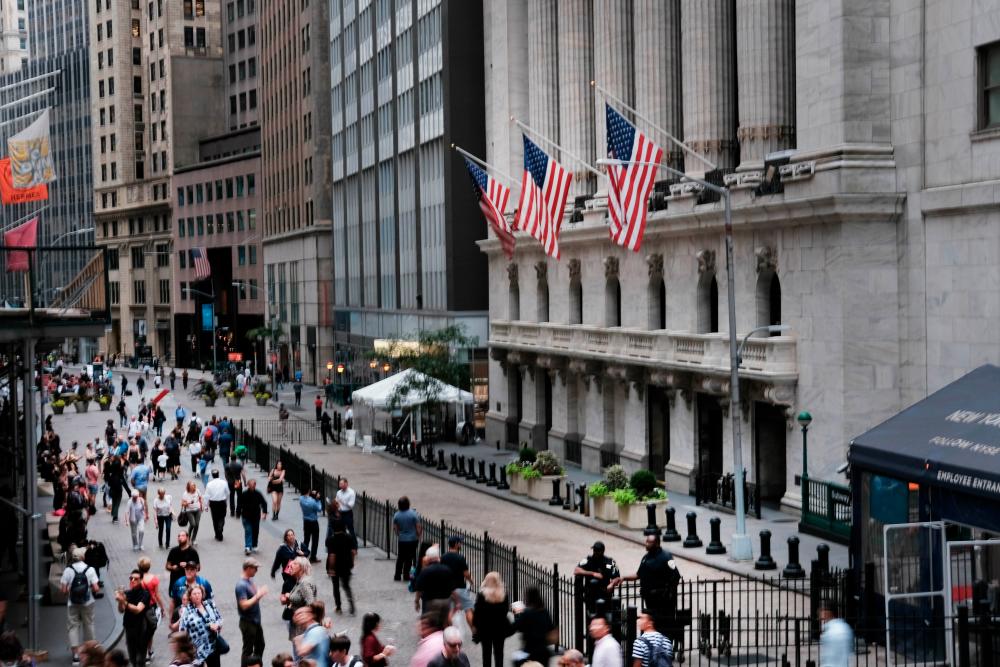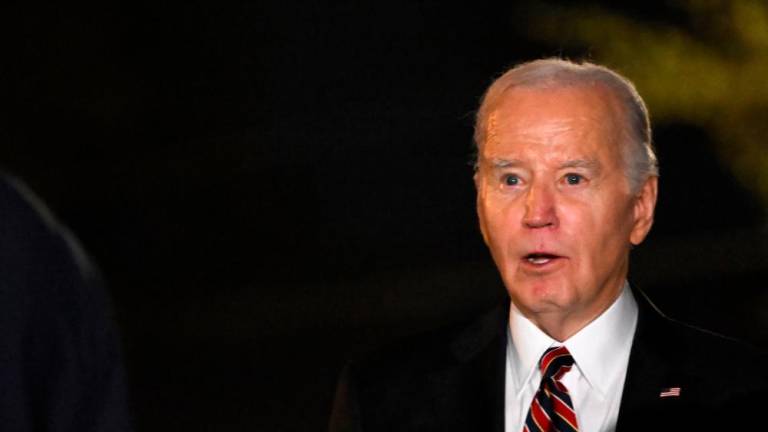NEW YORK: For the first time in more than a decade, the New York Federal Reserve Bank on Tuesday pumped billions of dollars into financial markets to keep short-term interest rates in line with the Fed's target range.
The emergency interventions on money markets -- one early Tuesday and another scheduled for Wednesday morning -- came as a sudden cash shortage drove up interest rates.
The shortage threatened the Fed's control over a crucial tool it uses to transmit monetary policy to the wider economy as the target range helps set borrowing costs across the financial system.
The move came on the eve of a Fed policy decision, which economists widely expect will result in a lower target range as the central bank works to keep the economy growing.
Analysts said earlier Tuesday the first operation appeared to have been successful.
"I think it's always concerning if the Federal Reserve can't control the federal funds rate," Kathy Bostjancic, Oxford Economics' chief US financial economist, told AFP.
"If you spring a leak and have a plumbing problem, it quickly spreads and becomes a problem for the whole house," she added. "I think the Fed will take the adequate steps."
The New York Fed authorized repurchase agreements -- known as "repos" -- to provide liquidity in an effort to keep the Fed's benchmark lending rate "within the target range of 2 to 2-1/4 percent." It was the first such operation since September 2008.
Banks can meet the Fed's cash reserve requirements by borrowing, using the repo agreements in which short-term loans are collateralized with assets such as Treasury bills.
But for an array of reasons that converged on Tuesday, the financial system began to run short of cash, including large withdrawals due to corporate tax payments and the reduction in the Fed's holdings of government securities.
Increased bond sales as the federal government borrows to finance its operations have also helped drain cash from the system.
US lawmakers' delay in raising the federal debt ceiling earlier this year caused a backlog in Treasury debt issues since the government was not able to raise more funds, according to Bostjancic.
Treasury has had to play catch up, she said.
"So there is a lot going on. It's technical and it all kind of came together at once," she said, adding that the New York Fed has been "behind the curve in trying to estimate how much reserves should be in the system." - AFP













